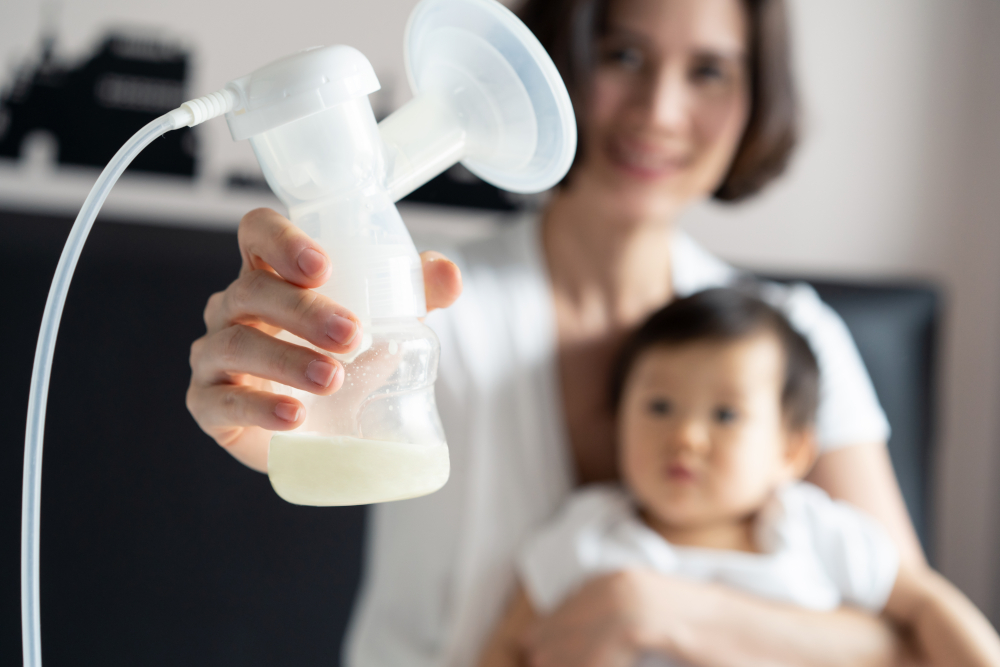The first breast pumps were pretty simple devices to help mothers who were having trouble nursing for one reason or another. These early pumps looked radically different from our high-tech versions, but there’s one thing that most pumps have in common. Whether you’re looking at a 19th century manual pump or a 21st century double electric pump, you’ll find tubes on most models.
What does pump tubing have to do with open and closed systems?
At first glance, you might assume that milk travels through these tubes. However, tubing actually connects the breast pump motor with the pump’s connector and breast shield, and it plays a critical role in producing suction. If there’s a puncture or tear in the pump, it can affect suction. If moisture infiltrates tubing, it can quickly become moldy. That mold can potentially create a health hazard for your newborn if it comes in contact with breast milk.
Open system pumps create opportunity for overflow and contamination.
You may have seen the terms “open system” and “closed system” breast pumps in your search for the perfect pump. An open system breast pump doesn’t provide a barrier, or media separation, between the breast pump and your milk. There is a small chance of overflow in an open system pump and an even smaller chance that the milk can become contaminated as a result.
Closed system pumps reduce the risk of contaminated tubing.
A closed system pump provides media separation that prevents milk from overflowing into the pump mechanism. By ensuring your milk travels through the pump by the most hygienic passage, a closed system pump reduces the risk of contamination.
How do I know if my tubing needs to be cleaned?
Even closed system pumps must allow some air passage in order for the suction to work, so a completely closed system pump doesn’t exist. While milk is less likely to pass into the tubing, natural condensation can still cause moisture buildup. That means you’ve got to check the tubing of a closed system pump just like you would an open system pump. If you see water droplets building up in the tubing, you can disconnect the tubing from the pump kit and run the pump for a few minutes to encourage the tubing to dry.
Do I ever need to replace the tubing of a closed system breast pump?
Yes. If your tubing has mold or milk in it, the CDC says throw it away immediately and replace it with new tubing. Often, this may also indicate that the valves or membranes need to be replaced, too. It may also mean that the tubing has become compromised, creating an opportunity for milk infiltration. You may also need to replace tubing if you notice suction has become impaired. A loose or frayed tube takes a toll on breast pump performance.
Open or closed system is only one feature to consider when purchasing a breast pump.
At Milk N Mamas Baby, we’ve got breast pumps with dozens of features and benefits that make breast milk expression easier. We’ve got hands-free pumps for moms who want to pump discreetly at work, and we’ve got pumps without any tubing at all. If you need help choosing the best pump for you, give us a call or email us. We’re happy to provide guidance and support as you make your decision.
